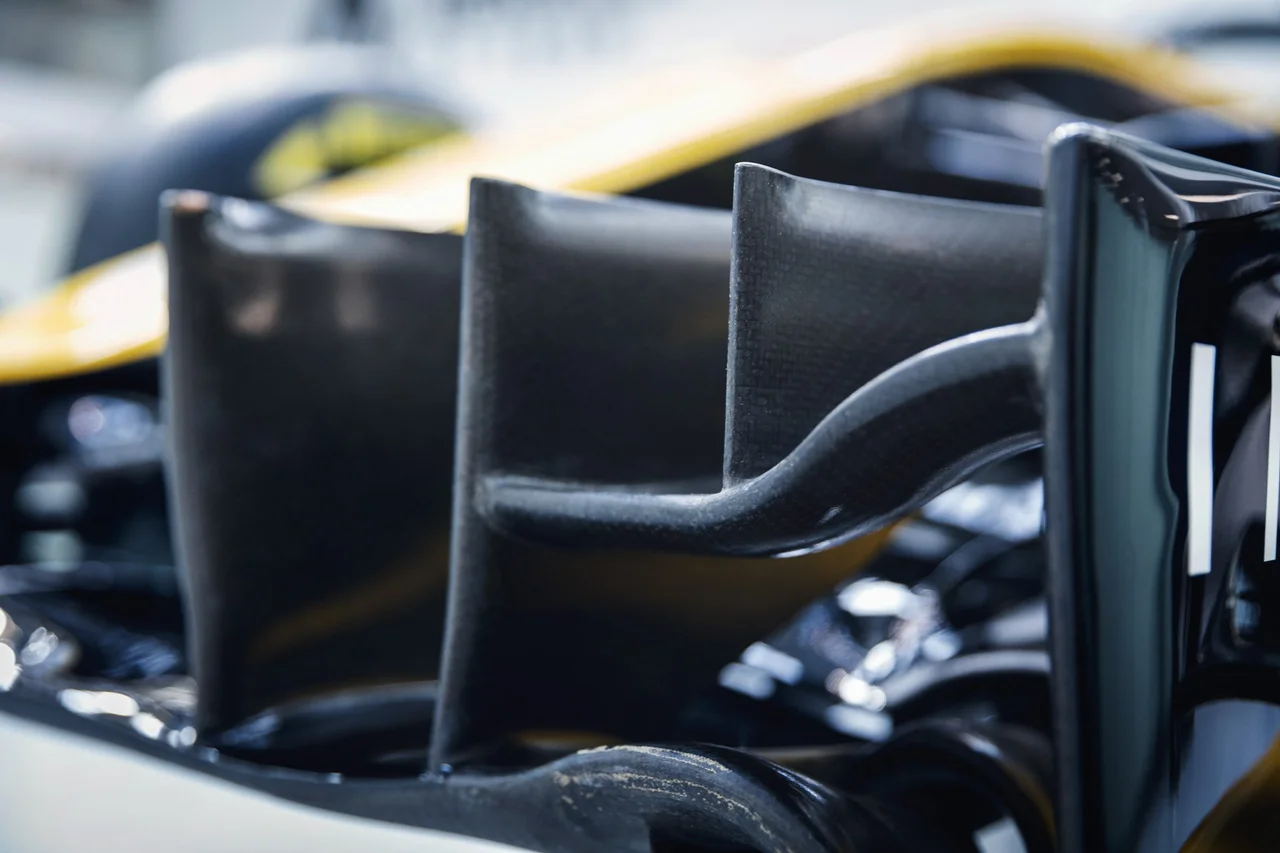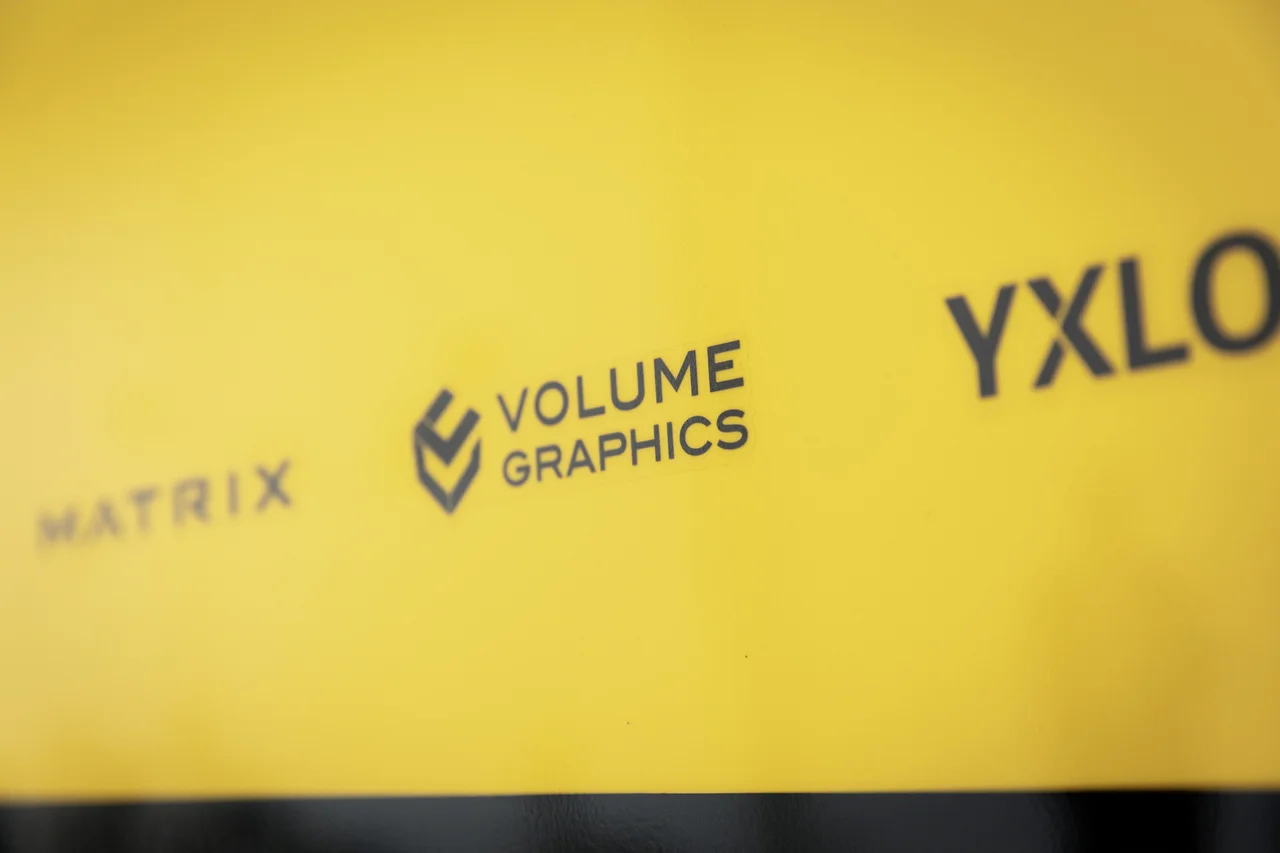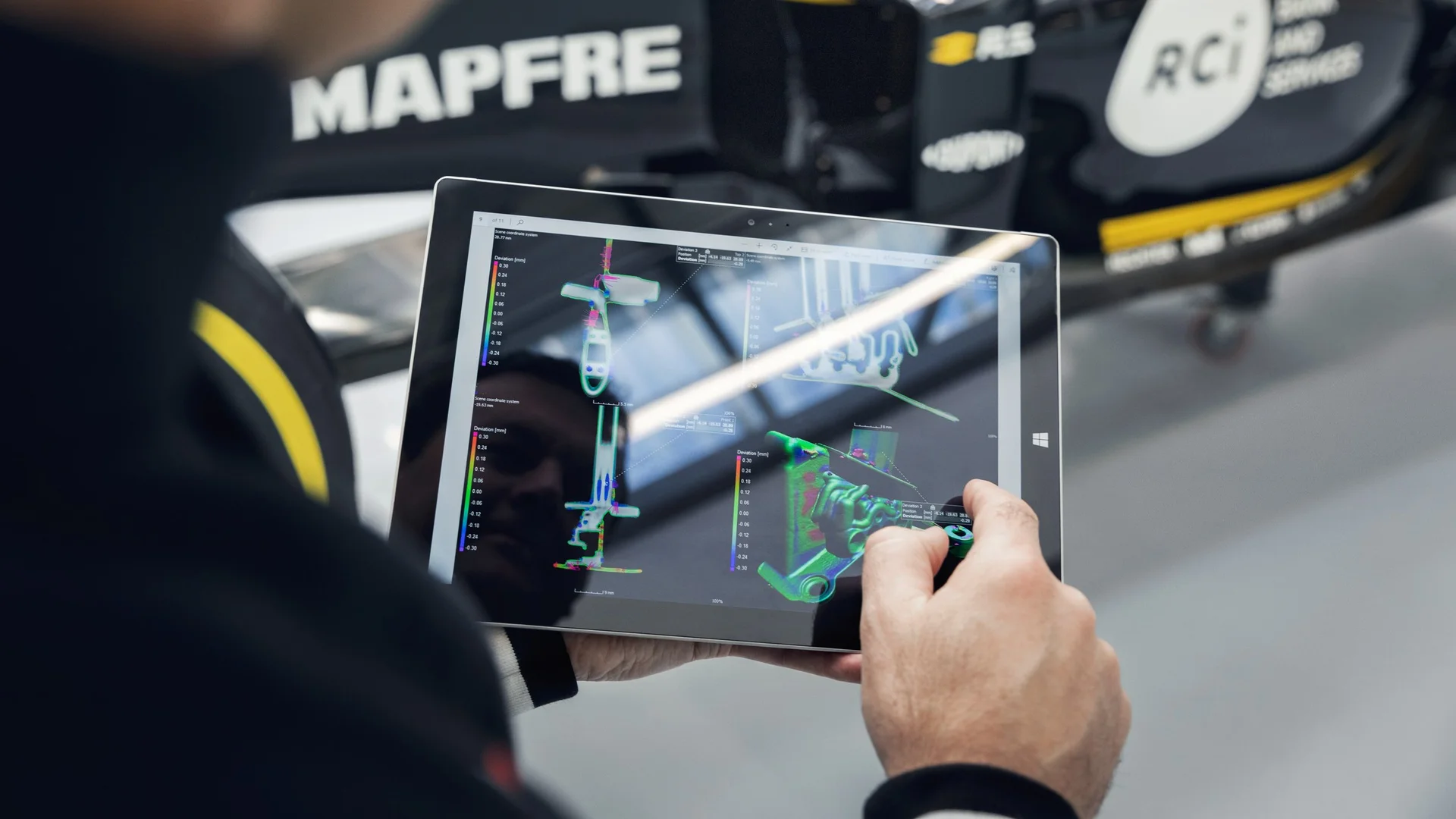This page is not compatible with Internet Explorer.
For security reasons, we recommend that you use an up-to-date browser, such as Microsoft Edge, Google Chrome, Safari, or Mozilla Firefox.
Alpine F1® Team: A Visit to Enstone
Alpine F1 Team (formerly known as Renault DP World F1® Team) uses VGSTUDIO MAX for the analysis and visualization of CT data at their chassis development headquarters in Enstone, England. We paid the team a visit to look over the shoulder of Adrian Talbot, Head of Non-Destructive Testing at Alpine F1 Team.
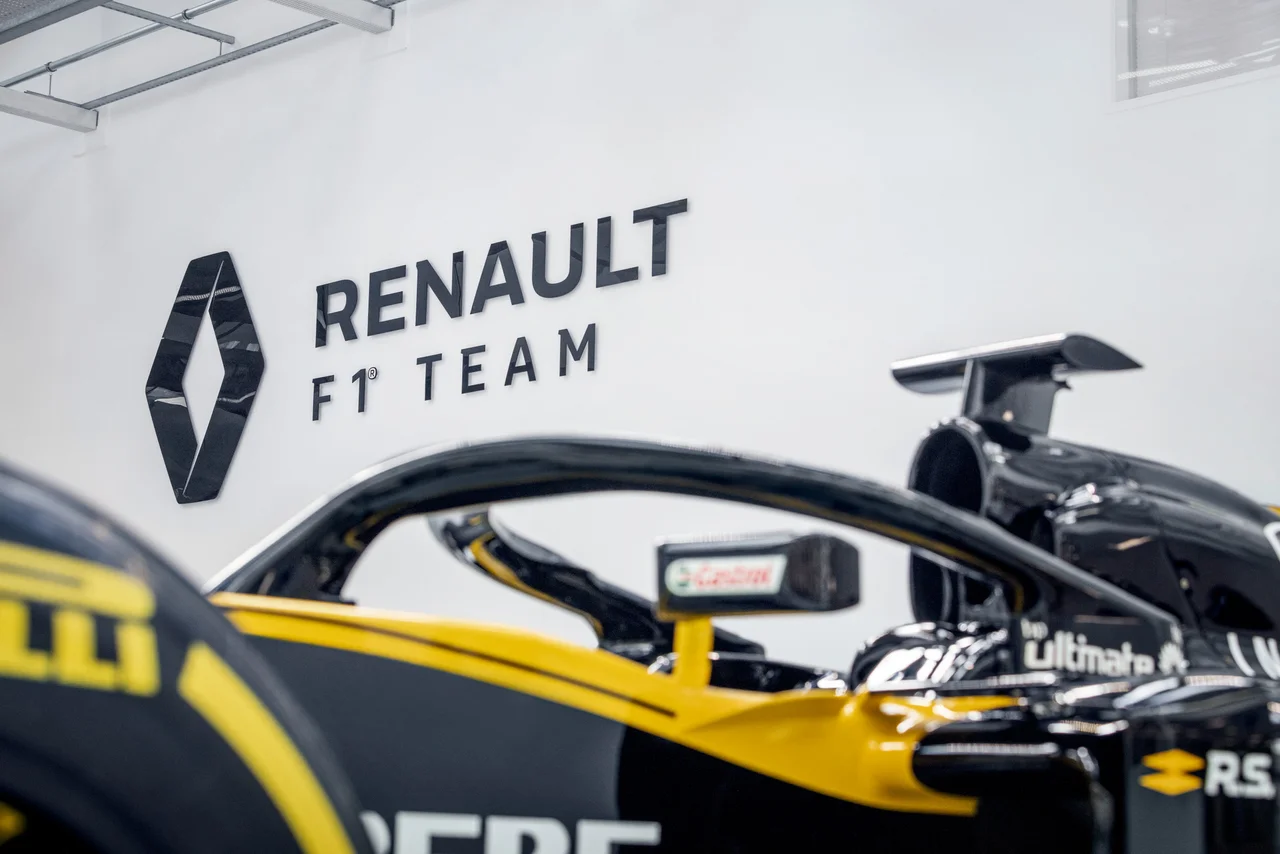
Alpine F1 Team operates on two sites: Viry-Châtillon in France and Enstone in England
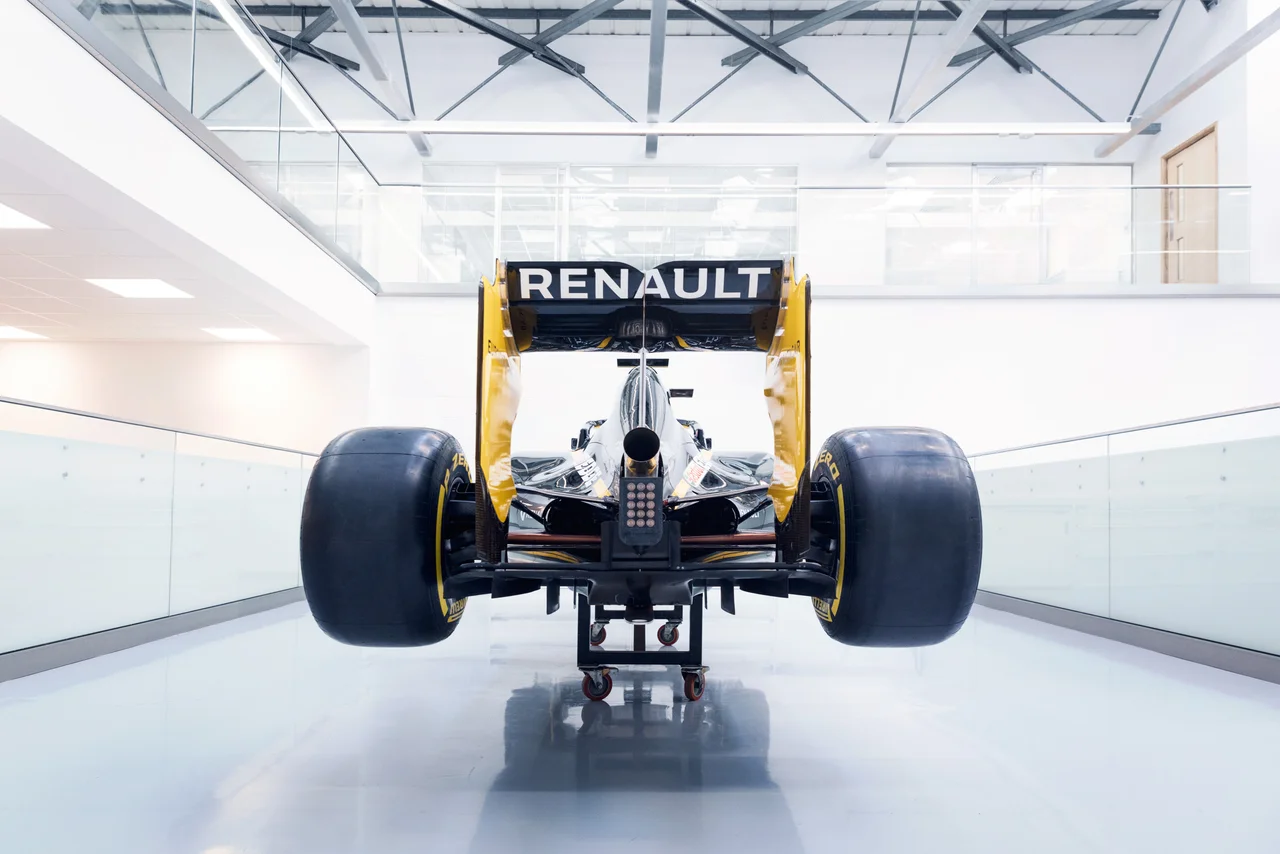
F1 engines are developed and designed in France
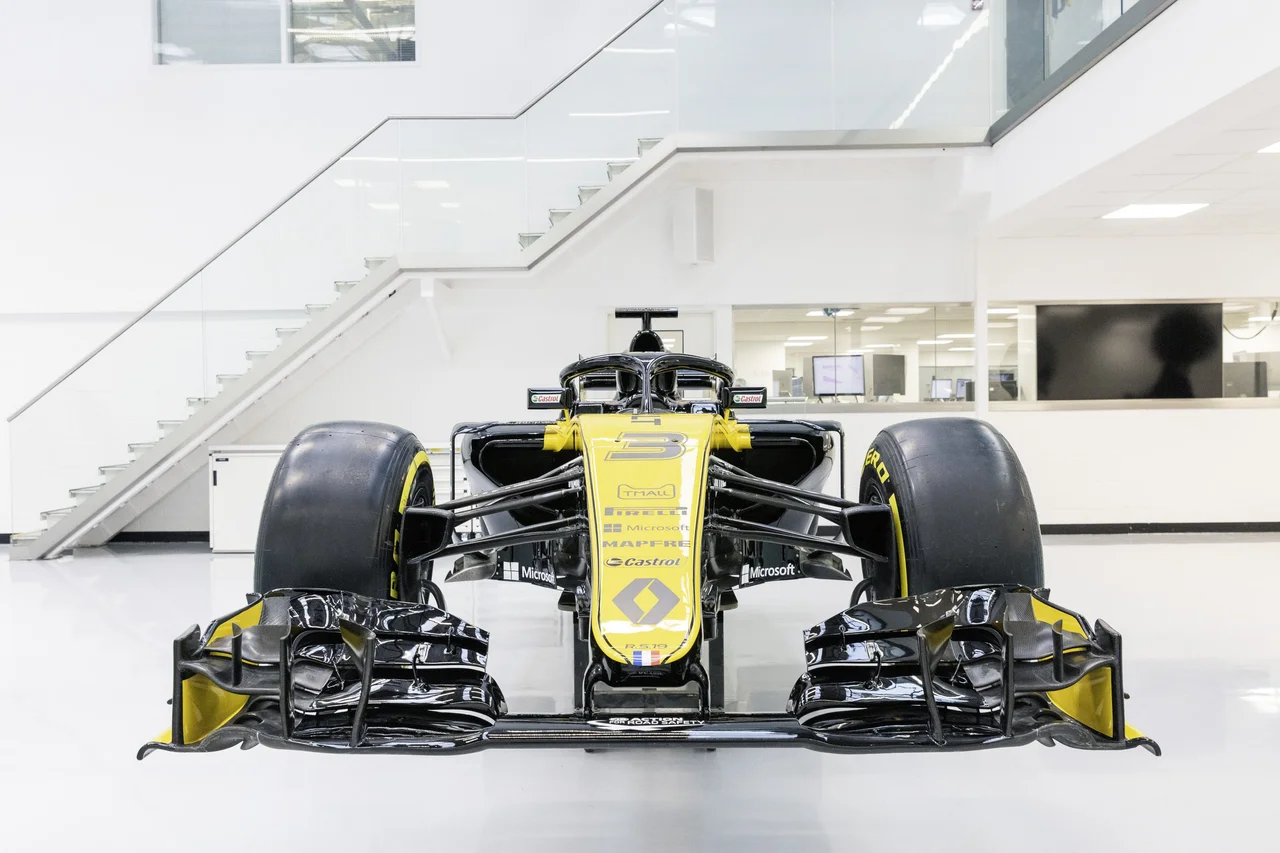
Design, manufacturing, and assembly of the single seaters happen in England
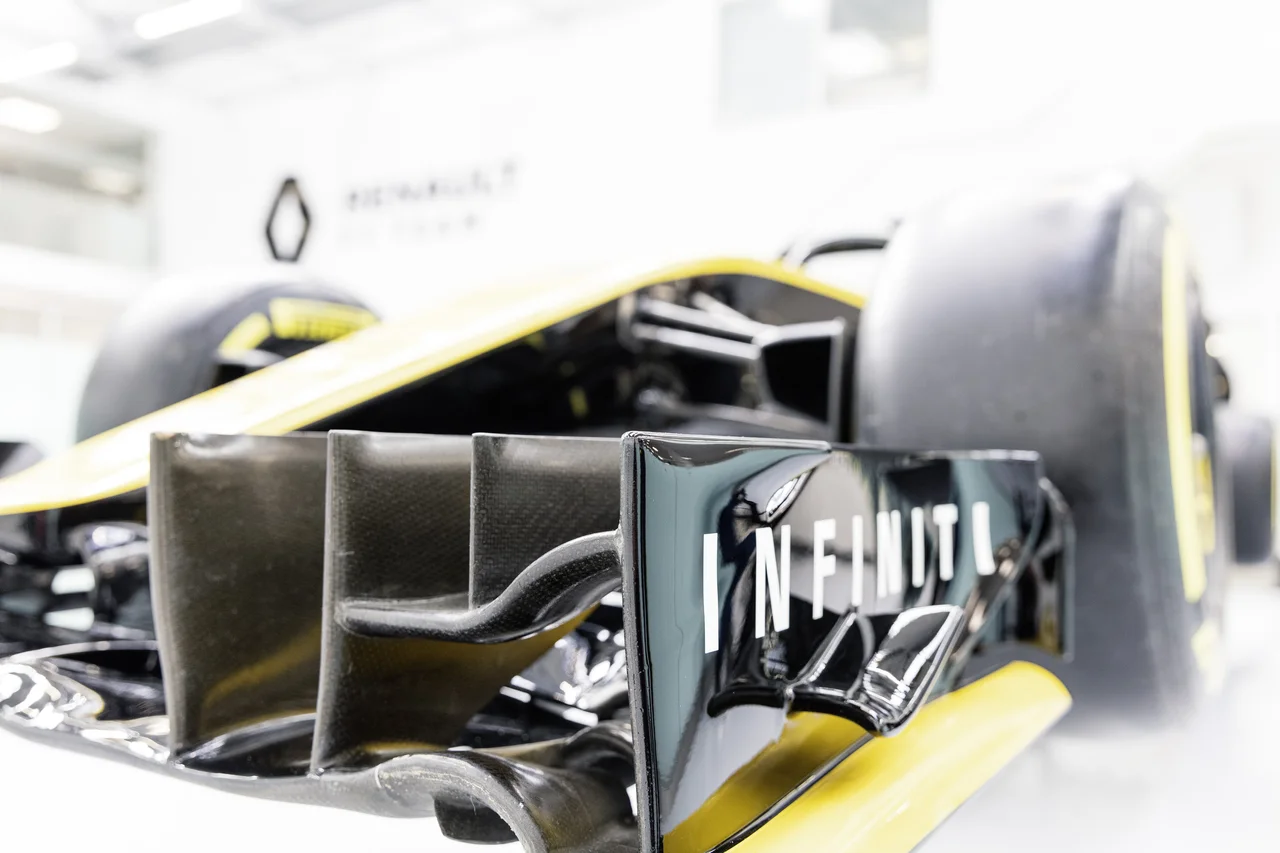
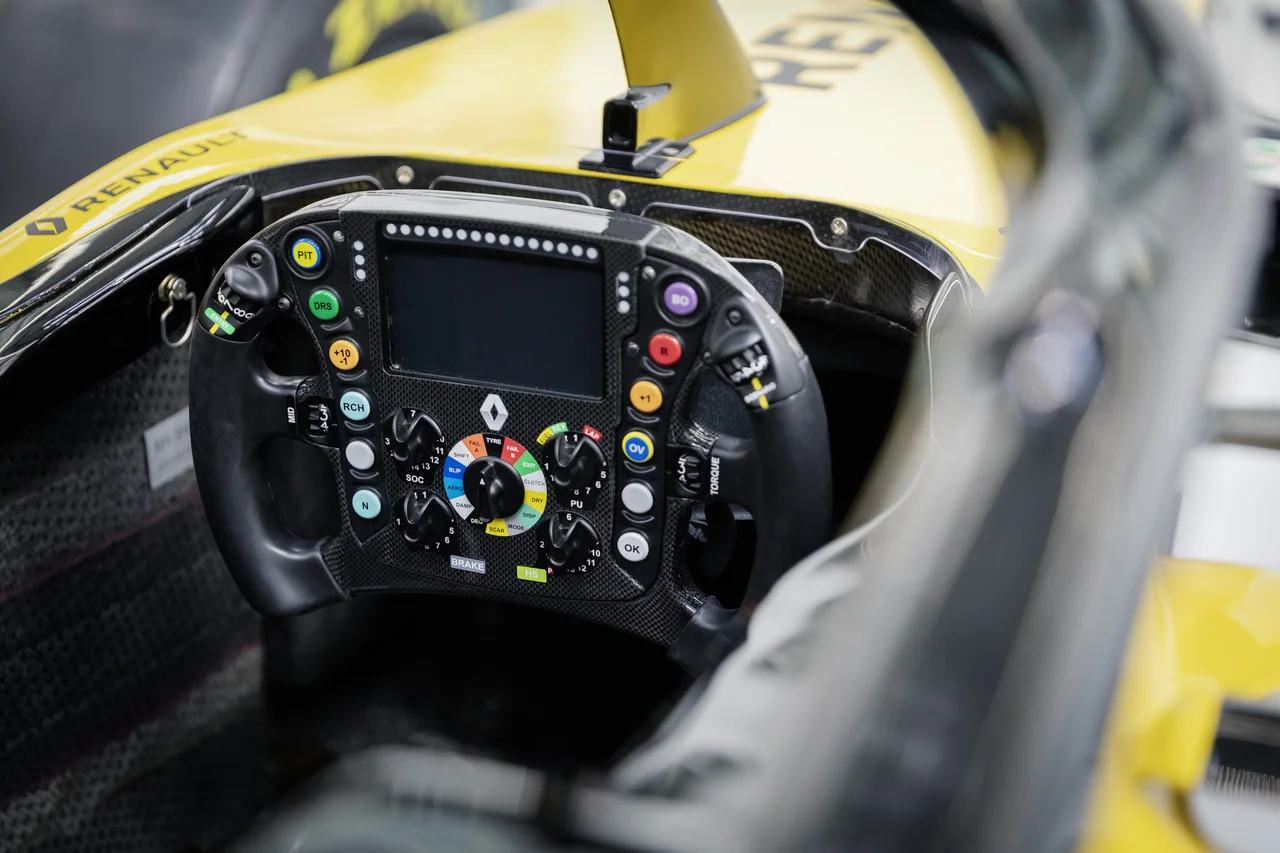
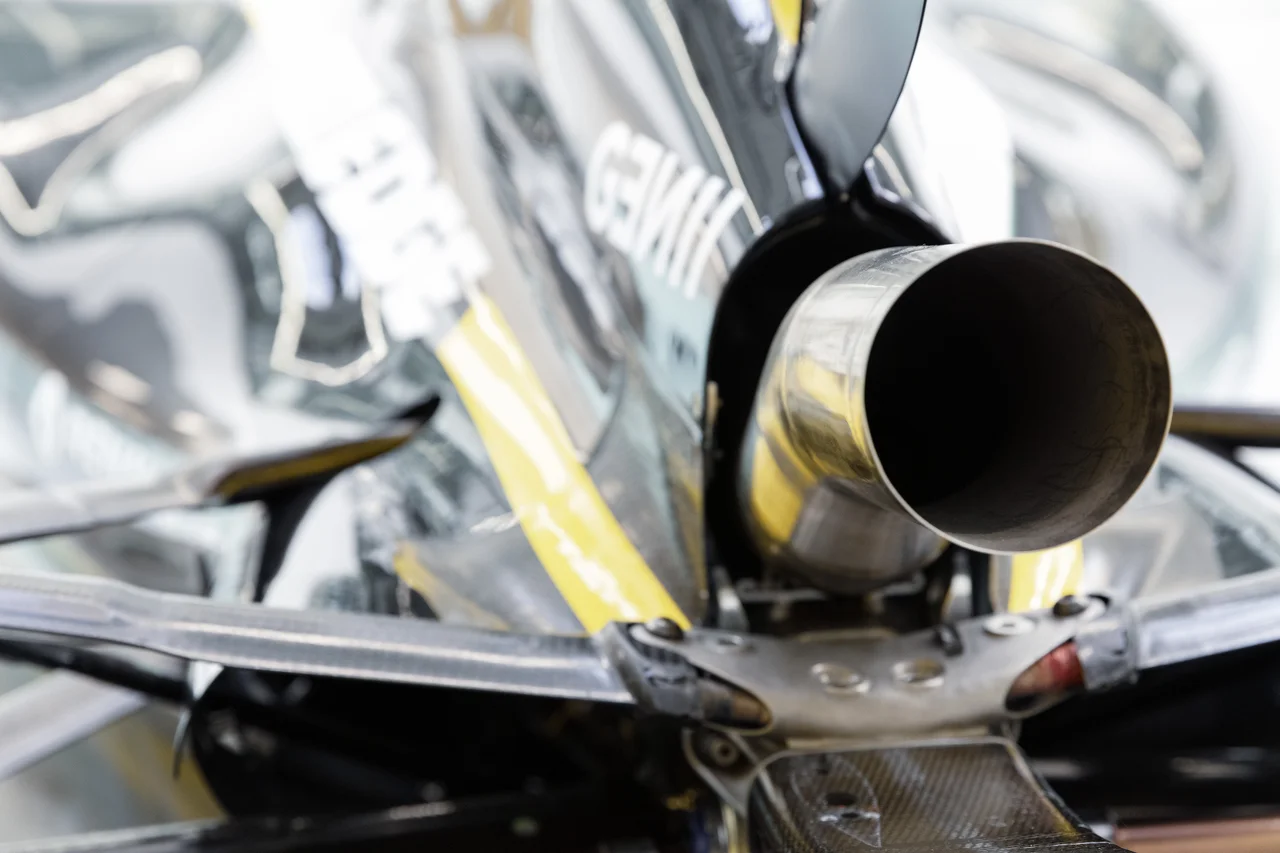
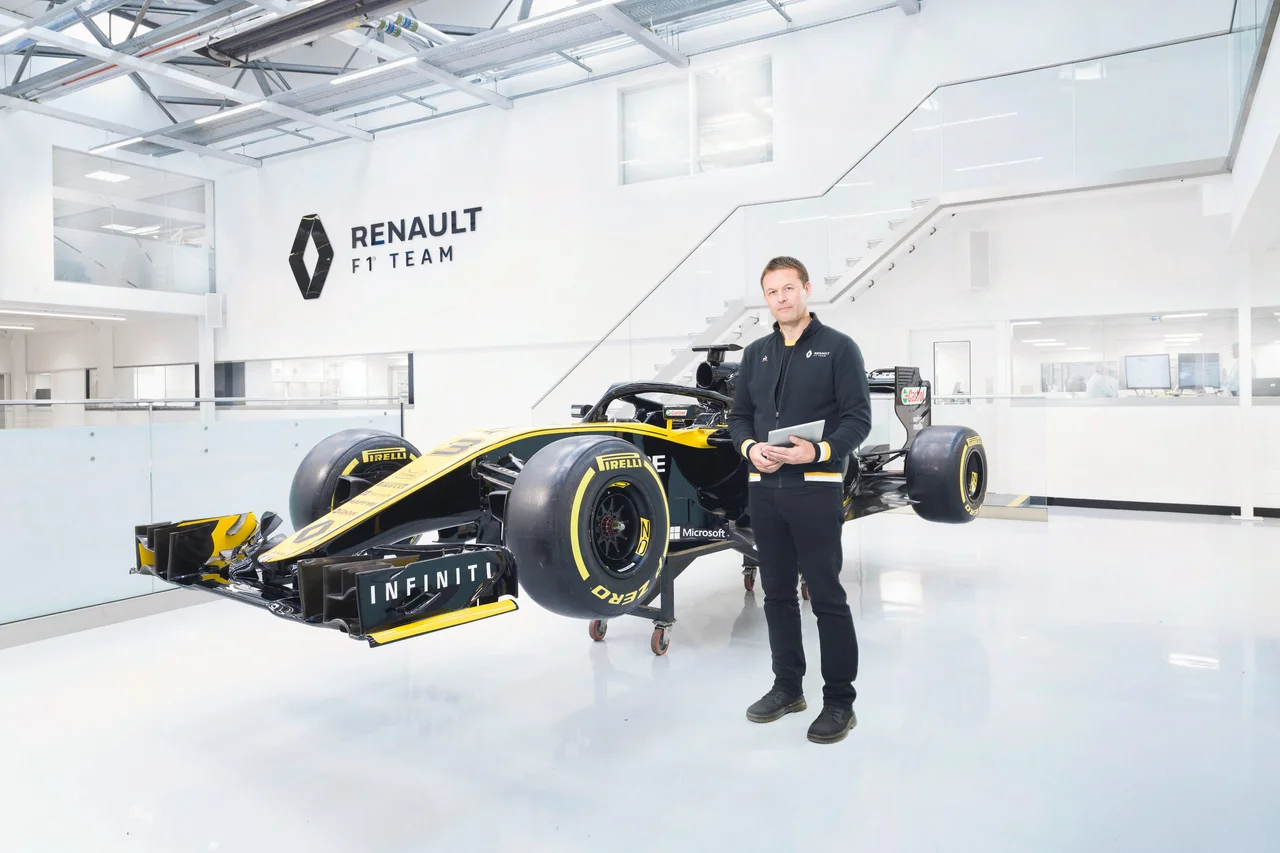
Adrian Talbot is Head of Non-Destructive Testing at Alpine F1 Team at Enstone
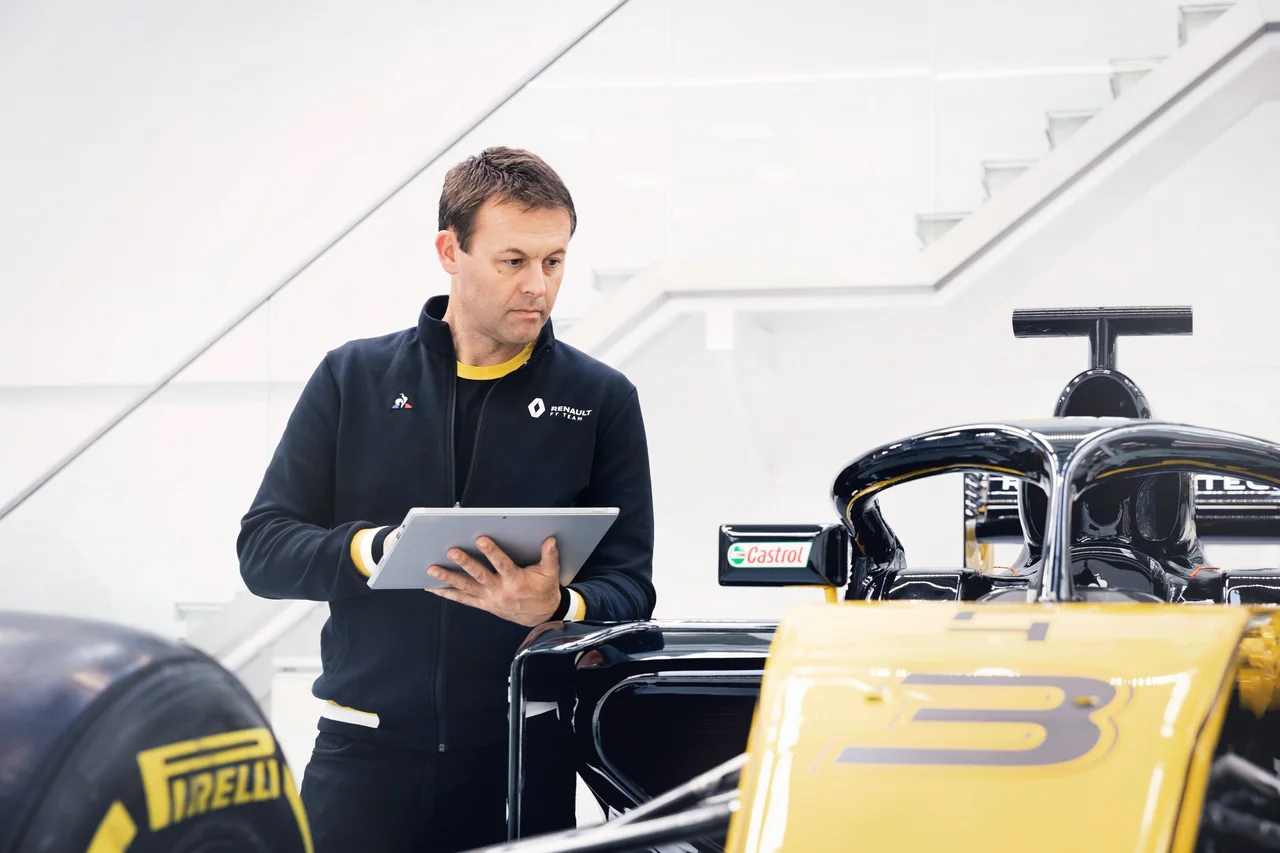
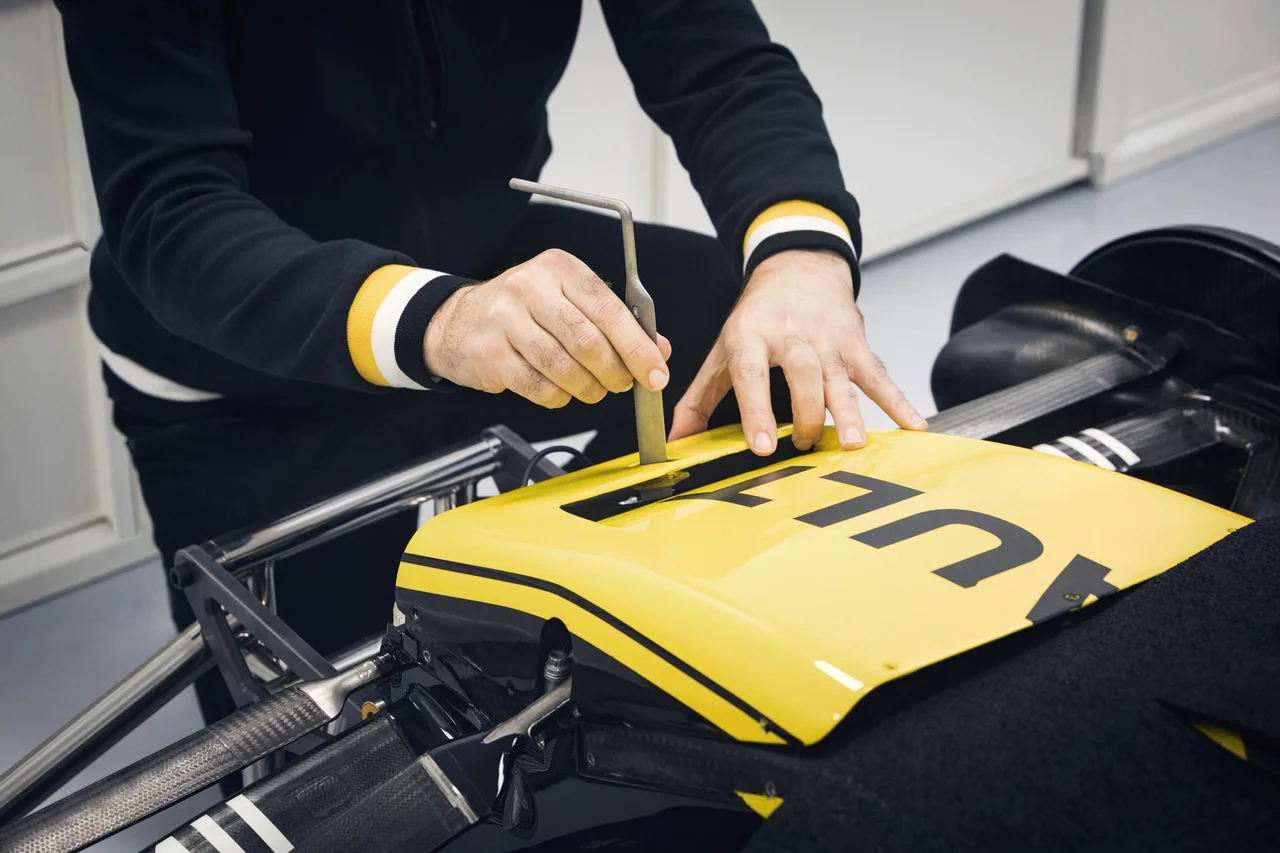
The pitot tube is an additively manufactured part made of titanium, which is used to assess the air pressure as the car travels on the racetrack
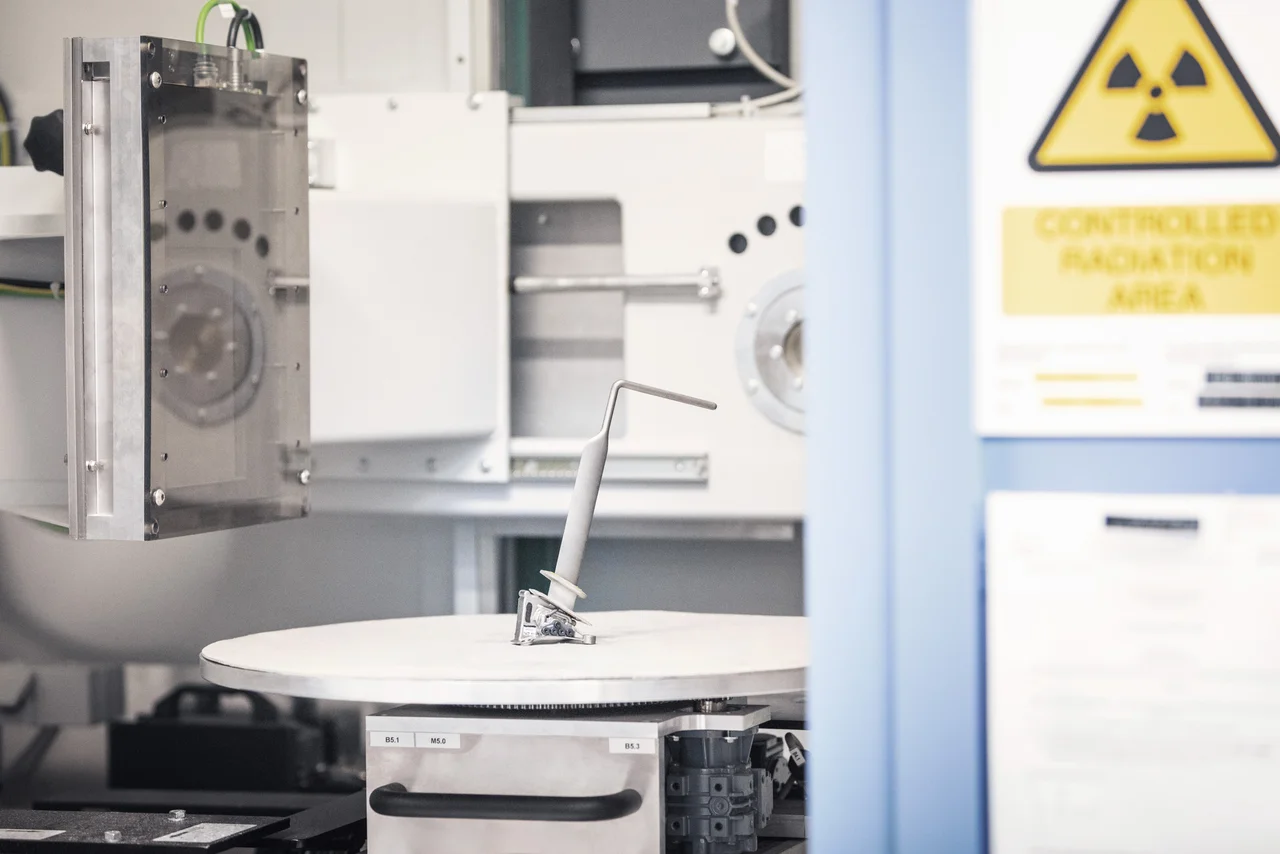
The pitot tube in an industrial computed tomography (CT) scanner
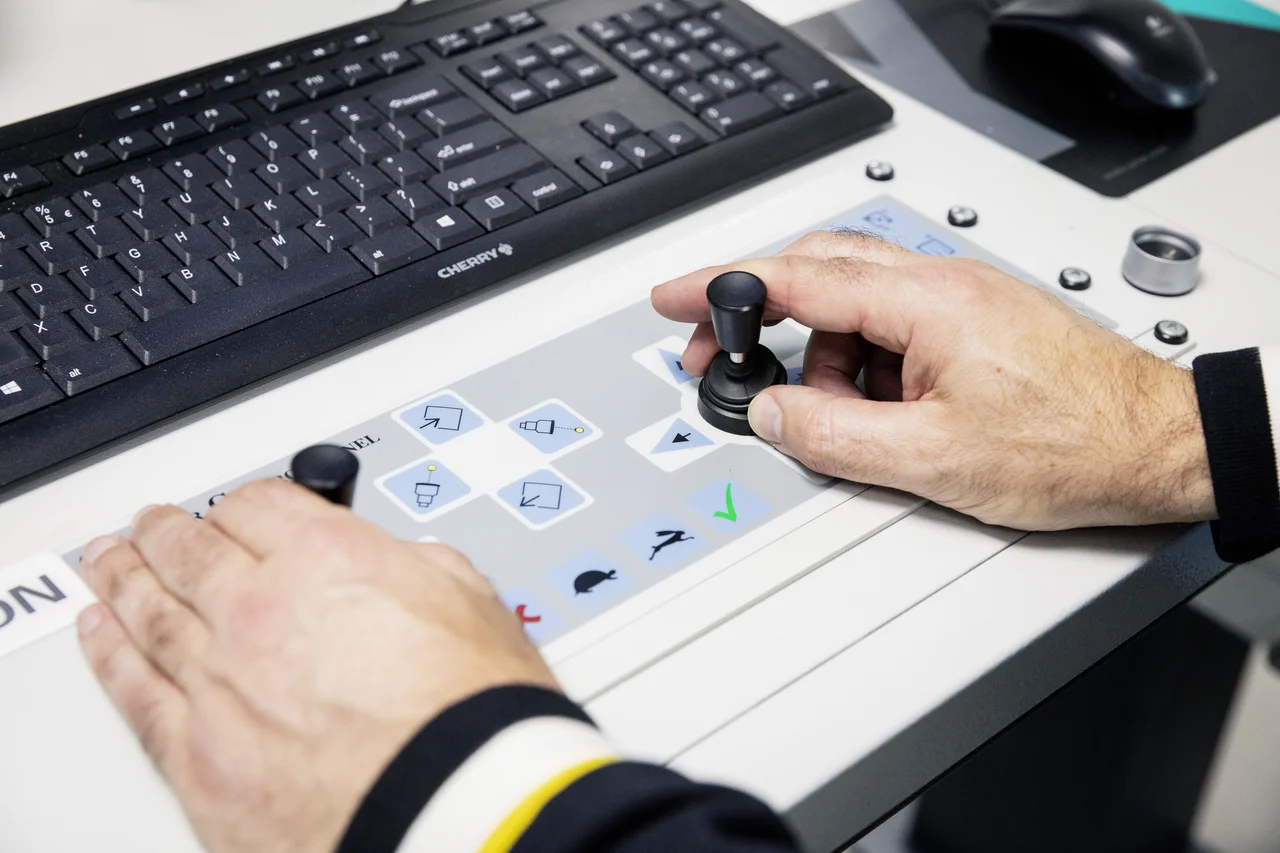
Alpine F1 Team uses CT to see if a part is fit for purpose
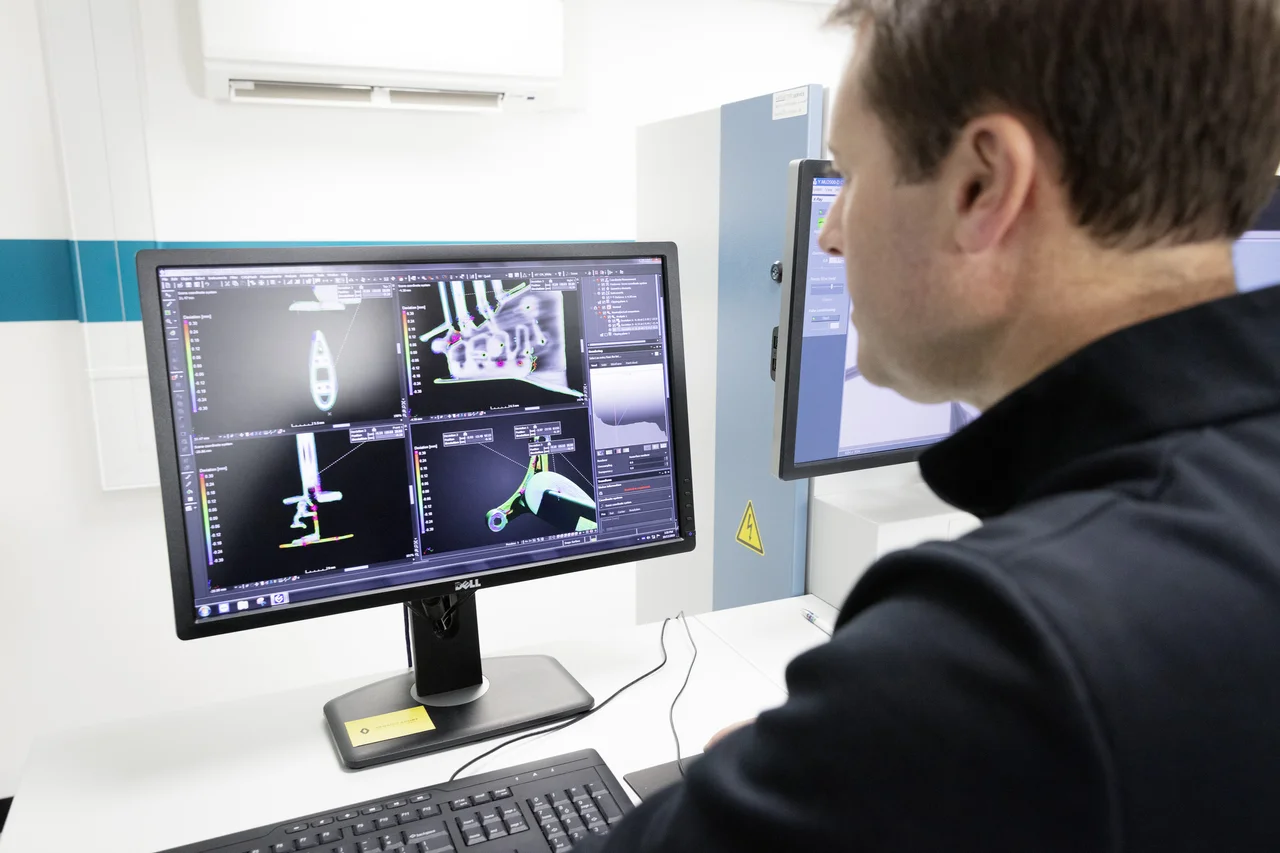
The analysis and visualization happens in VGSTUDIO MAX
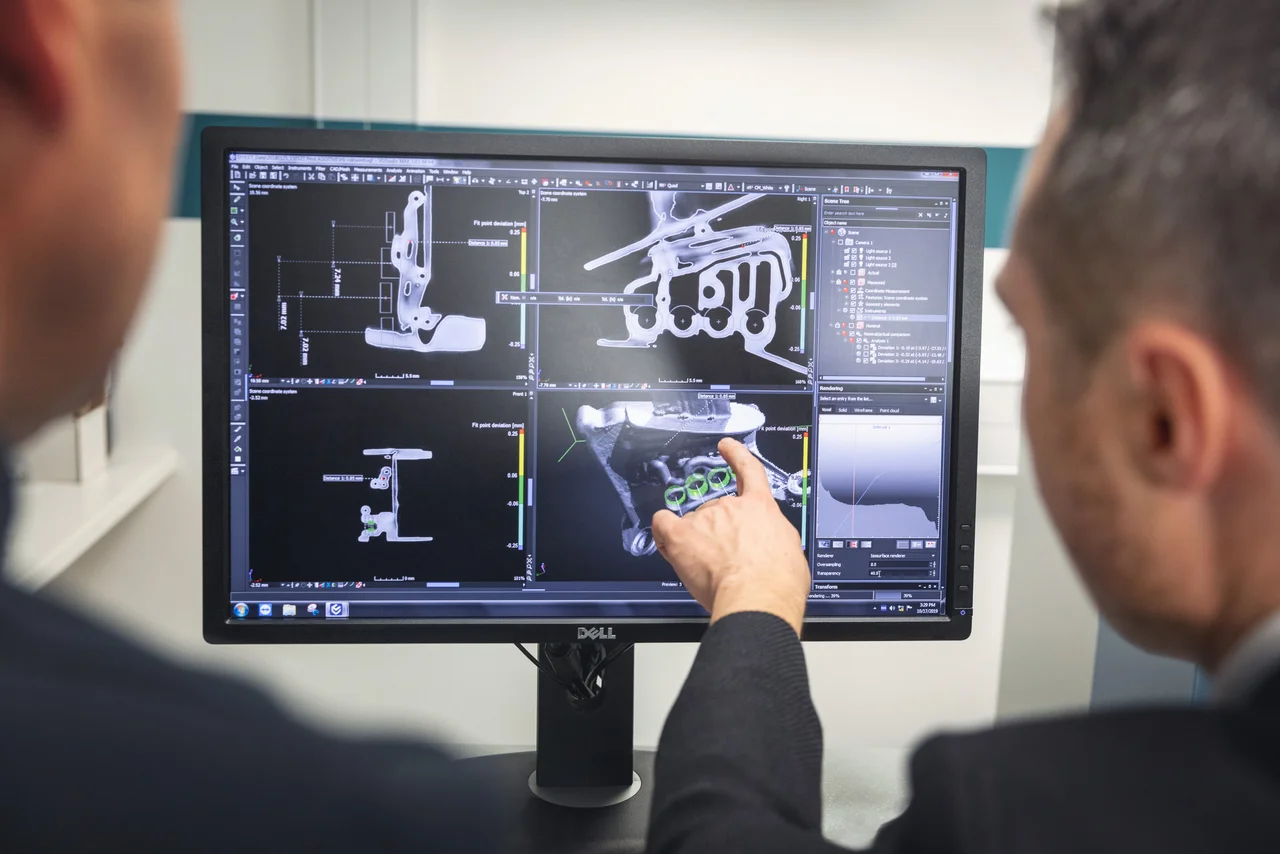
In VGSTUDIO MAX, Adrian checks if the small holes inside the pitot tube are not blocked and have good surface finish, and that the general integrity of those tubes are complete
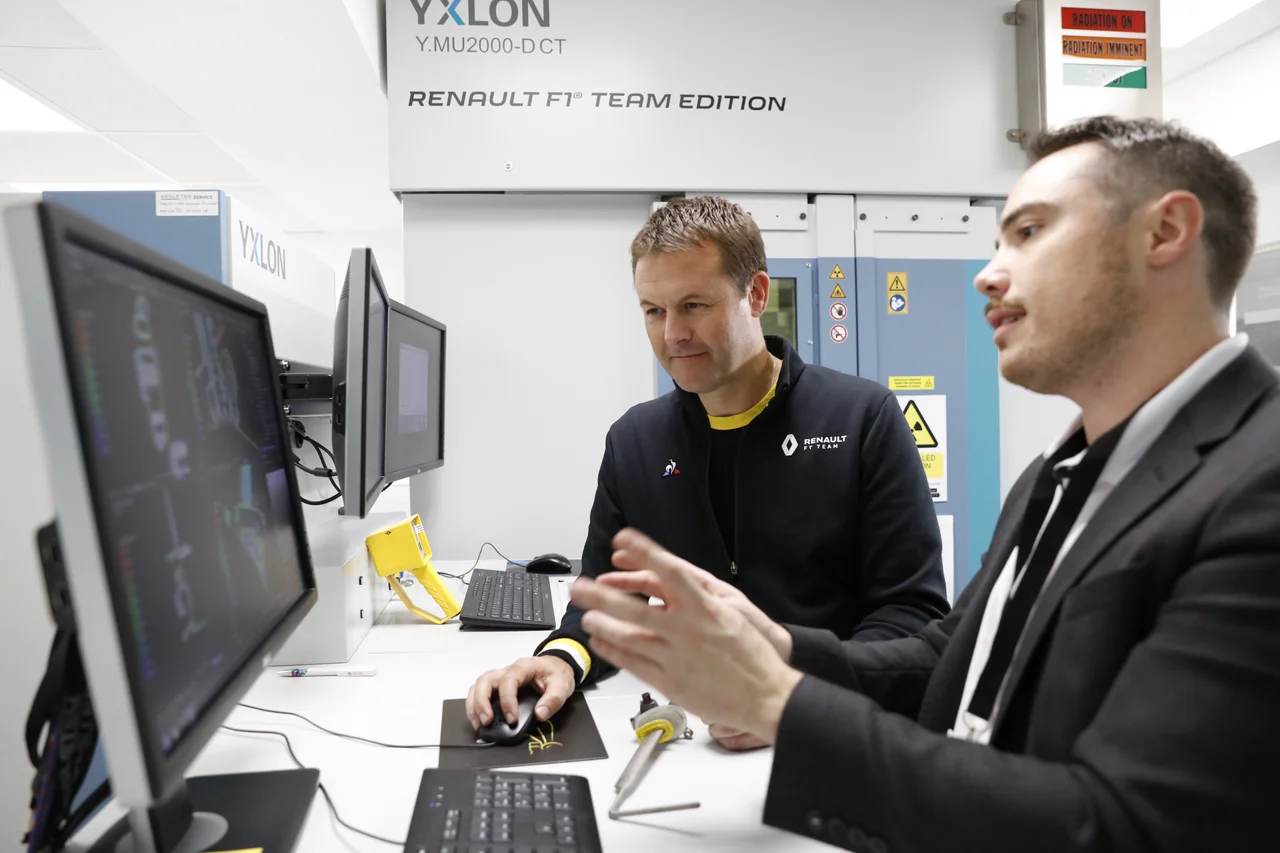
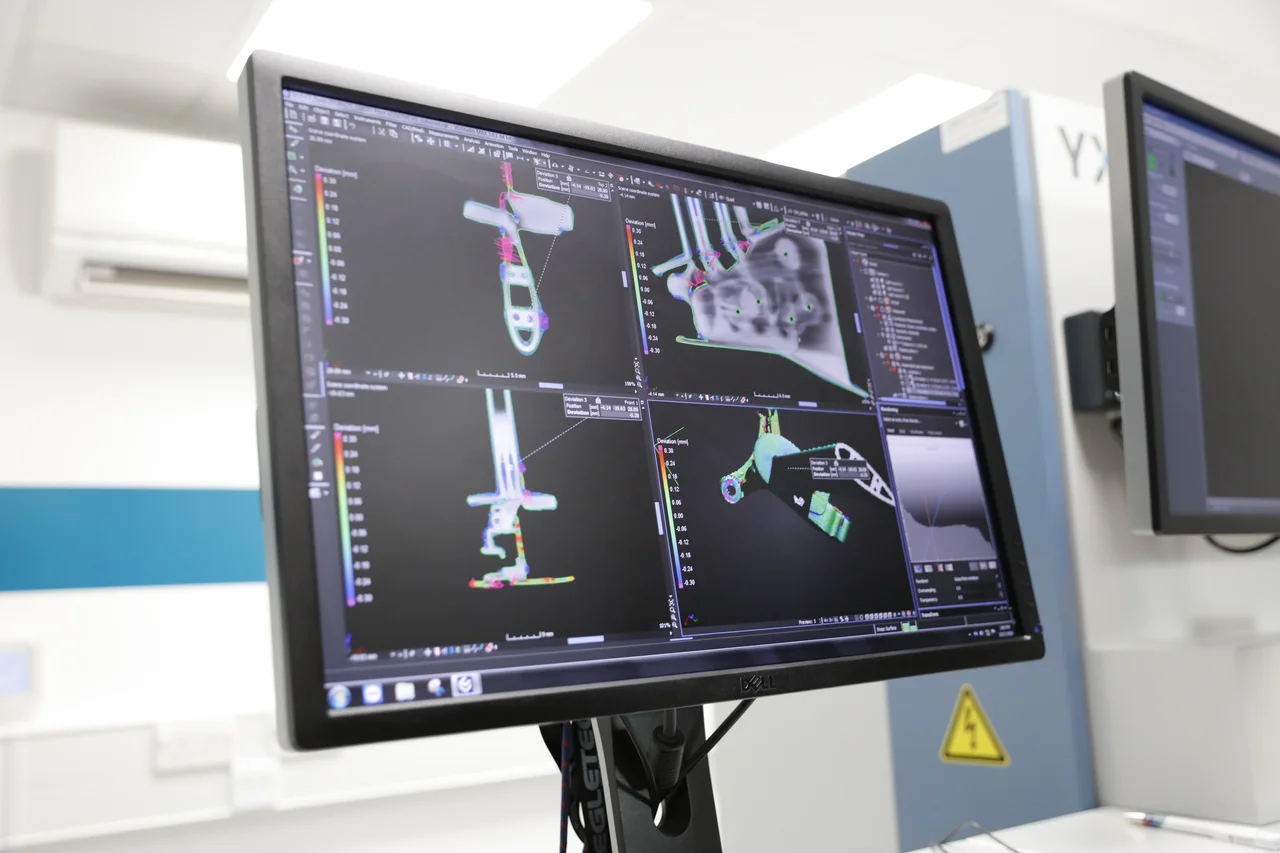
The pitot tube visualized in VGSTUDIO MAX
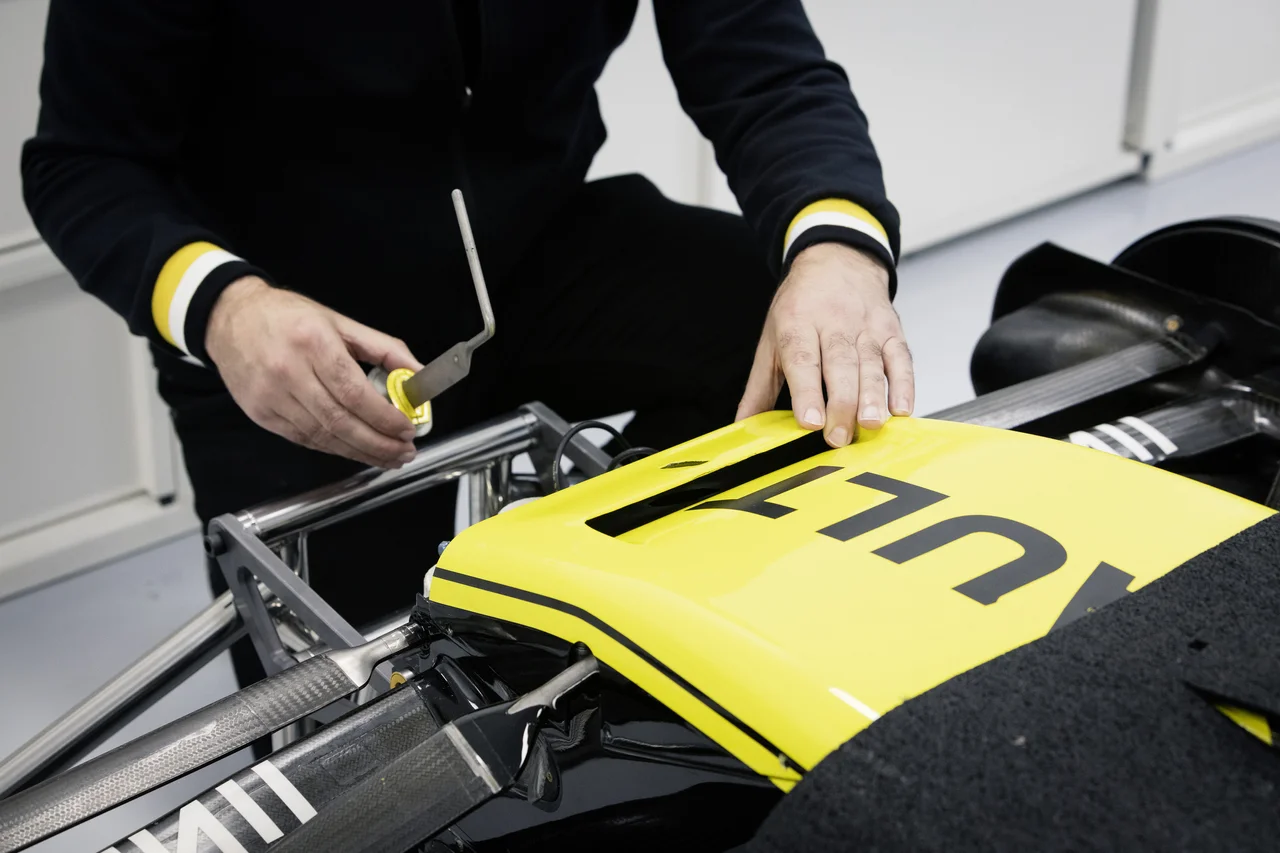
Only if the part is fit for purpose, it will be applied to the car
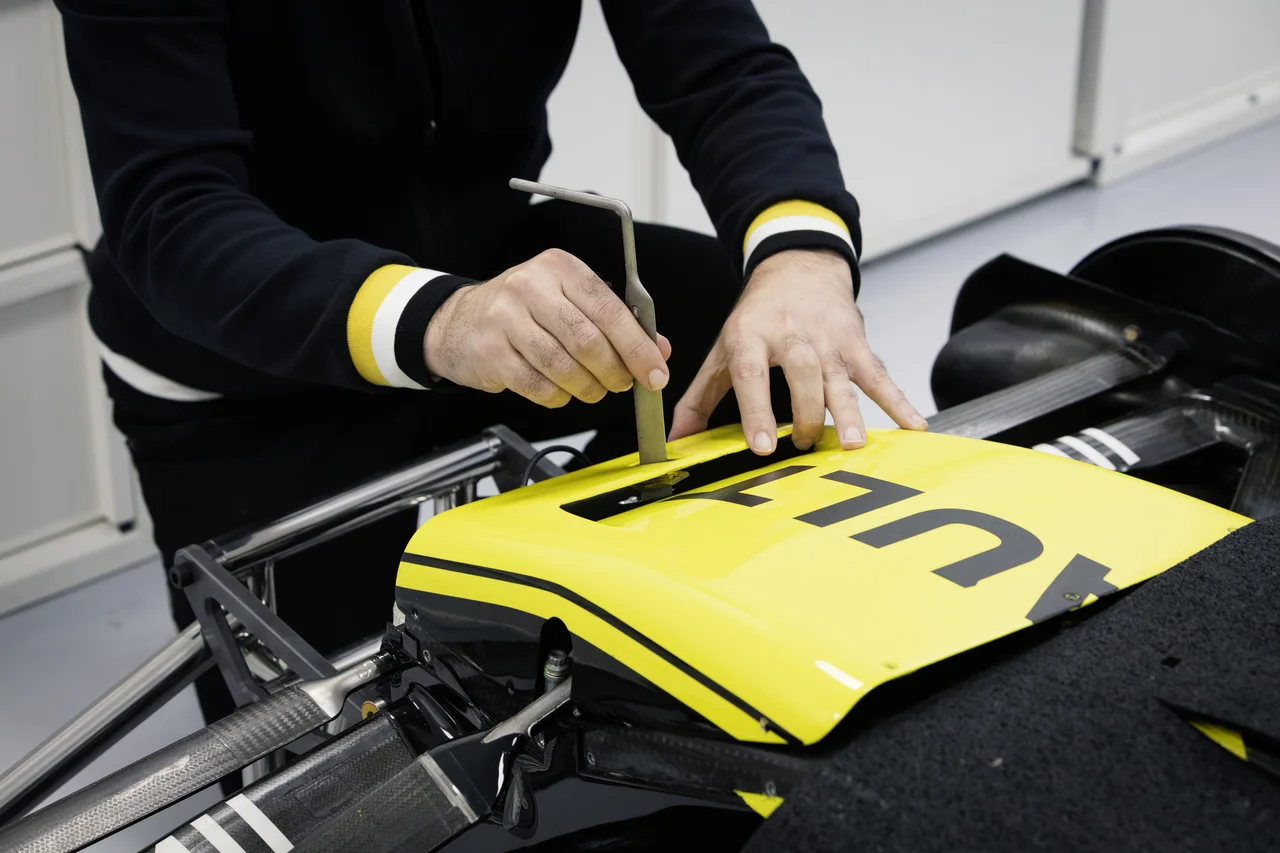
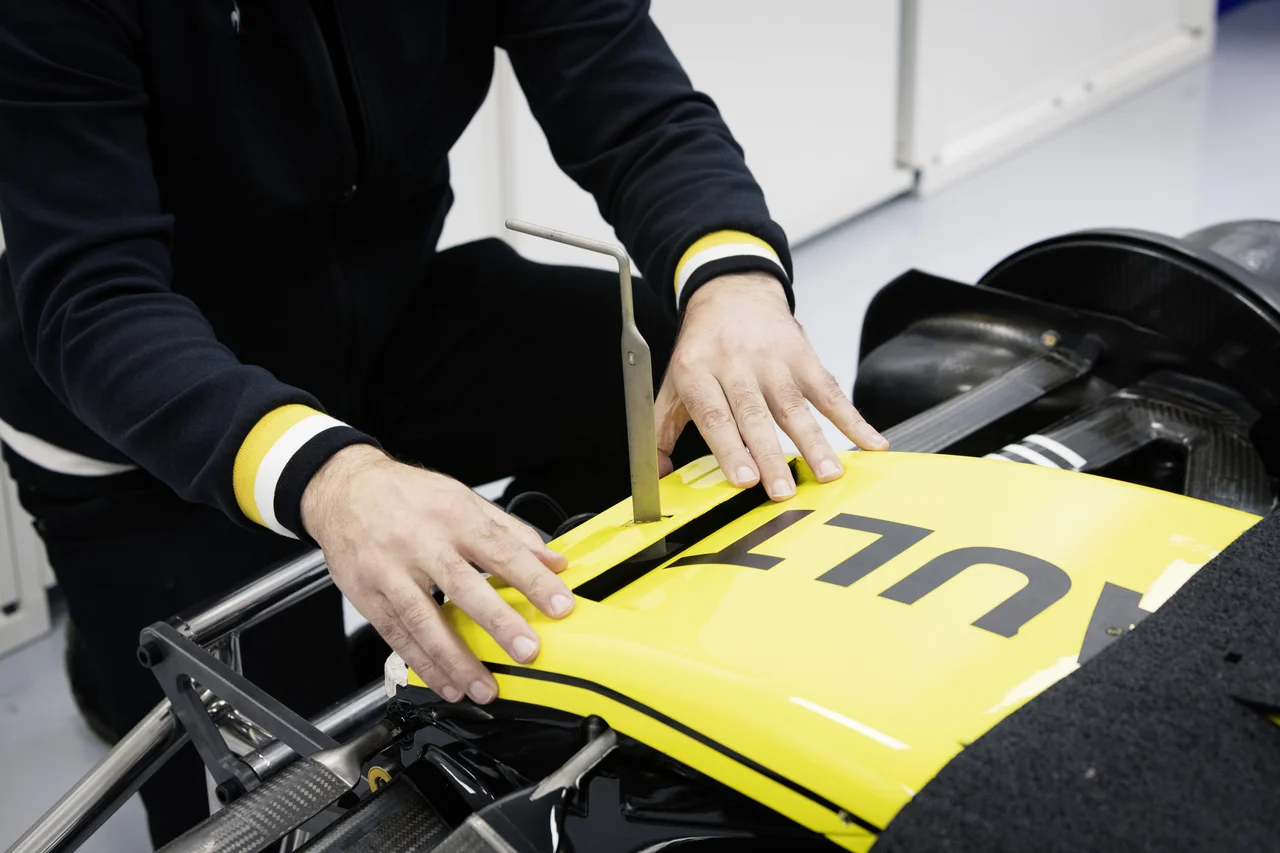
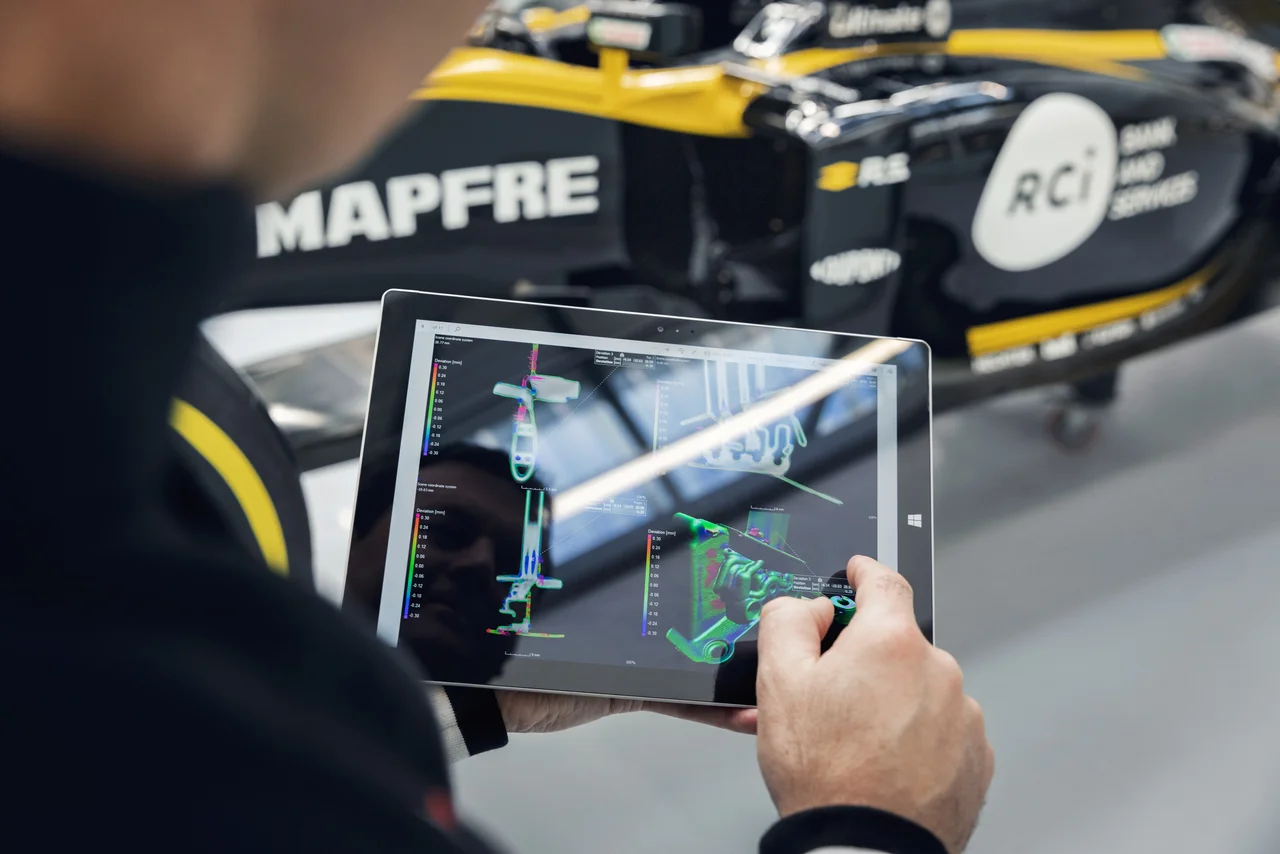
VGSTUDIO MAX creates comprehensive reports that can be shared and viewed on a variety of devices
